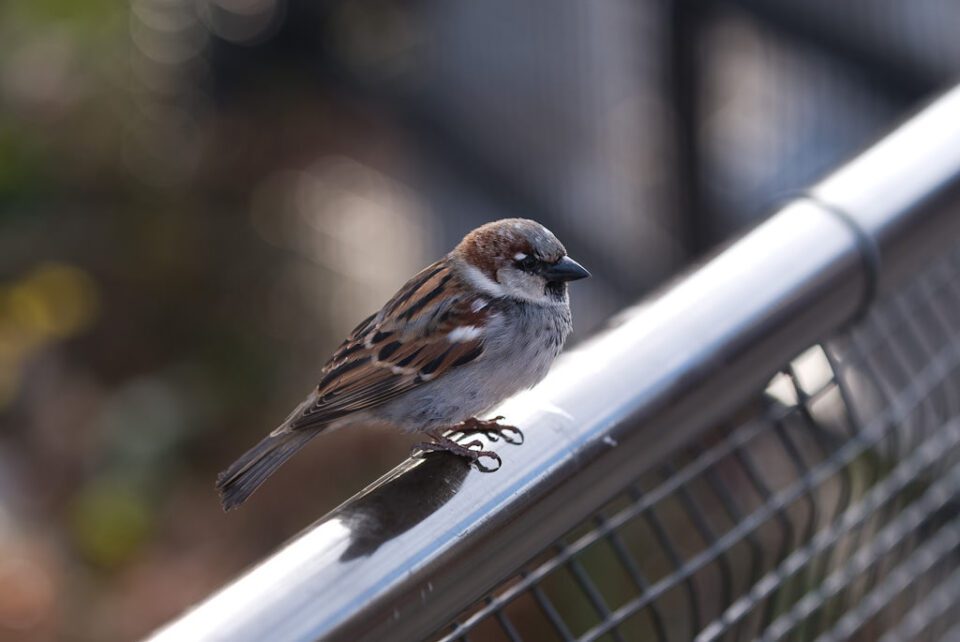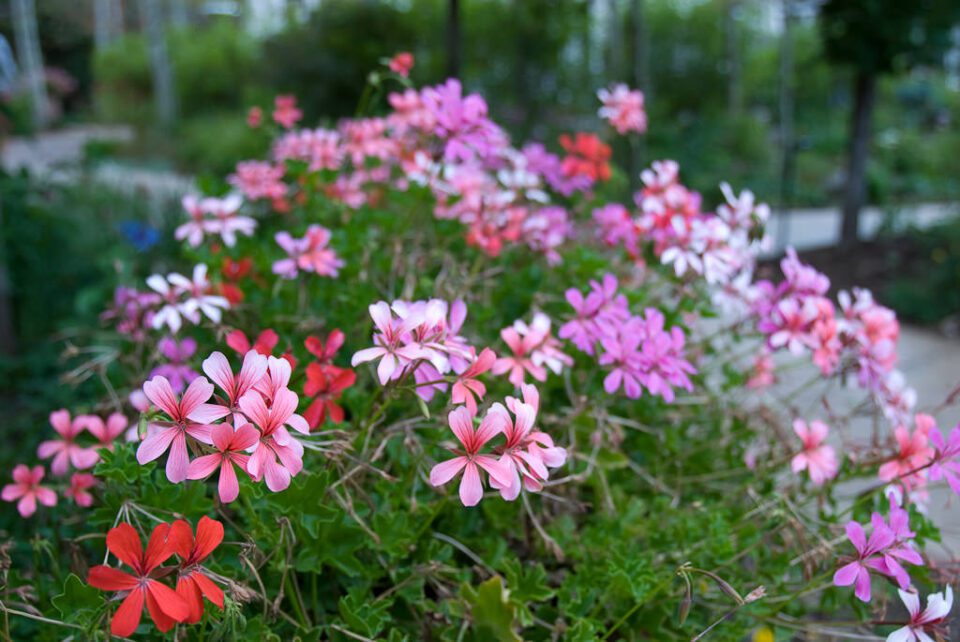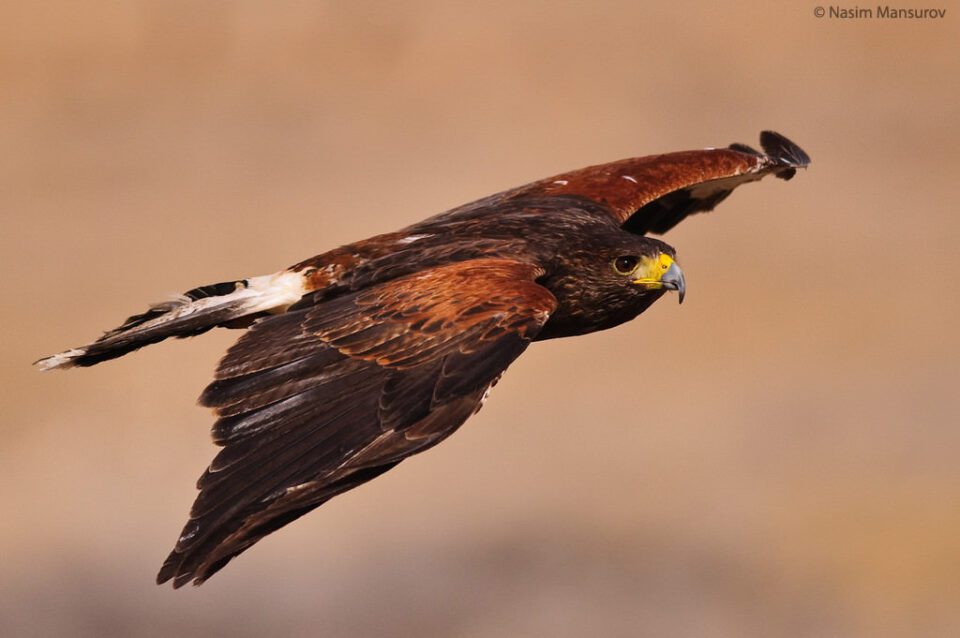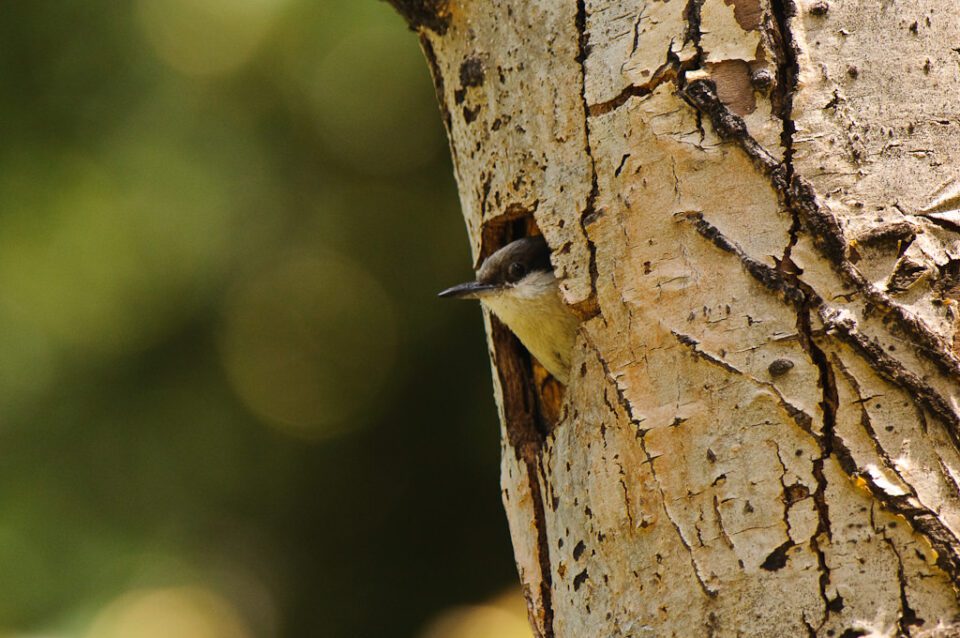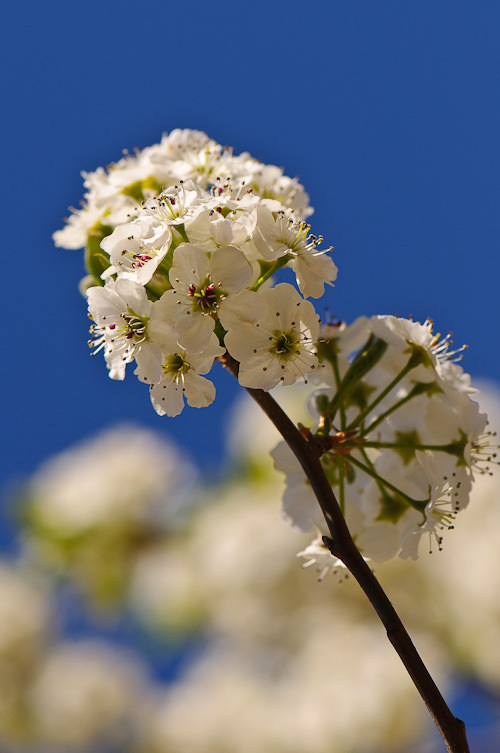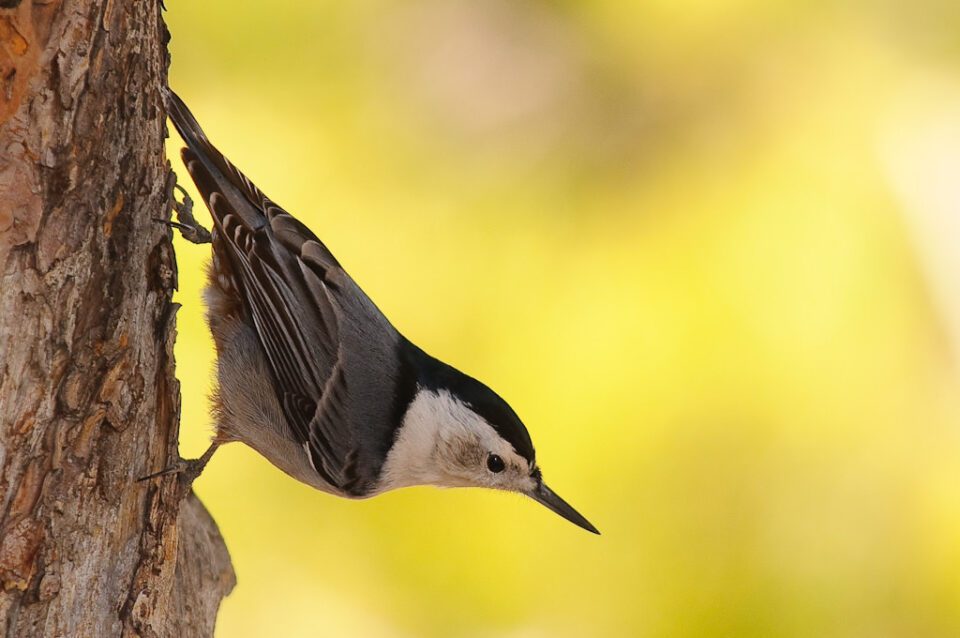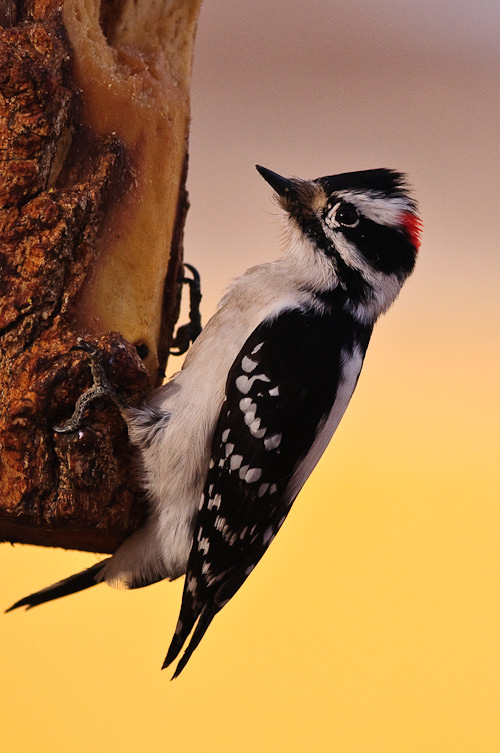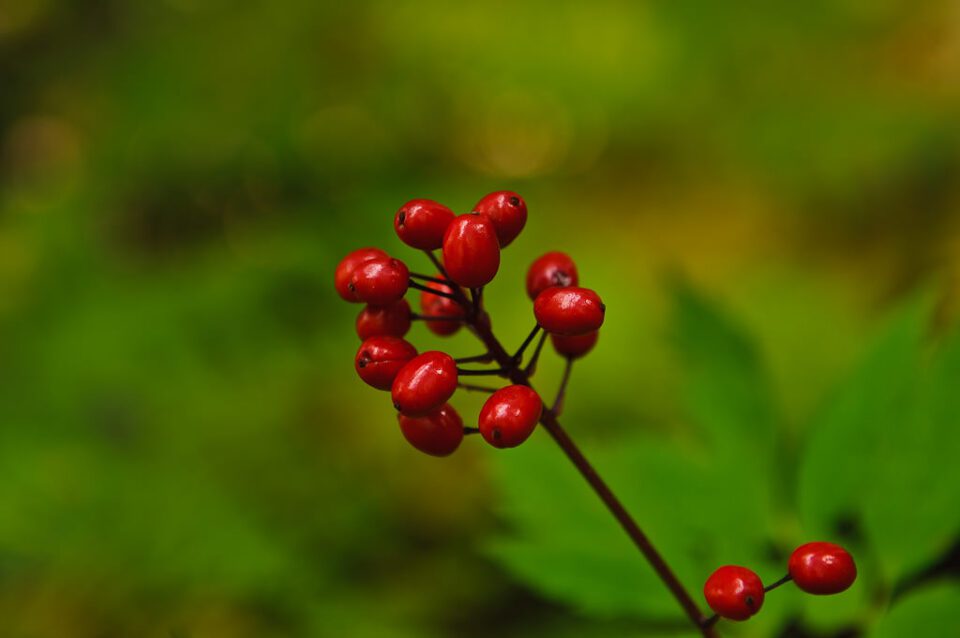Scout your location close to shoot day
You can look out your window and see amazing foliage today, but depending on the weather, it could literally almost all be gone by tomorrow. All it takes is one frost or some strong wind and your amazing autumn backdrop becomes a skeletal arrangement of bare branches that looks like something right out of True Detective.
Scouting your spot is basic portrait photography 101, but don't wait a whole week between your scouting trip and the shoot. Colors can change, leaves can fall, some places like parks even close off sections for the winter.
The Weather Channel actually keeps a pretty handy regional guide that lets you know what phase the leaves are in at any given time.
Keep close tabs on the sun
Unlike the transition of the leaves, the sun
remains forever predictable. But, if you're not keeping track of it, you
could miss out on precious golden hour minutes. As the days get
shorter, the sunset moves ever earlier. Simply checking on the web what
time the sun will set should give you the information you need to keep
darkness from sneaking up on you.
Have Your Subjects Dress AppropriatelyIt seems like a no-brainer, but you'd be surprised how many clients I've had show up for an outdoor shoot in October wearing a dress that's meant more for mid-July. You may have a tough time convincing your subjects that a sweater is good wardrobe for a shoot, but be sure to explain how important body language is, and how difficult it is to nail it when they're trying not to shiver.
I find the best wardrobe for this kind of shoot is typically something neutral and basic, so it doesn't fight for attention with the awesome backdrop and, more importantly, the expressions of the people in the photos.
Start Simple
The possibilities are endless when it comes to environmental portraits, but sometimes the options can be a bit overwhelming. I like to start my sessions with a straight forward portrait, leveraging the beauty of the foliage in the background.
This serves a few purposes for me. First, it
lets me get a solid shot on the card, so if all my other creative ideas
don't turn out how I want, at least they still have a nice picture. It
also gives me a nice, neutral setting in which I can get a feel for the
subjects. Even if you're shooting a close friend, they may be much
different in front of the camera than they are at the bar. Lastly, it
may just be the shot your subject wants. An epic landscape portrait may
be your favorite from the session, but the one they want hanging on
their wall may be the most basic of the bunch.
Don't forget the detailsI love shots in the fall. I figure, nature is putting on such an amazing show, I want to get as much of it as I can into my photos. Like any other portrait session, though, the details can make all the difference. If you're thinking about your portraits in terms of a cohesive group rather than a single photo, the details bring out things that might not otherwise be obvious. Have your subject pick up some leaves or shoot their shoes as they stand in a pile of leaves. It helps tell a story rather than giving you a random collection of nice, but disjointed portraits.
Avoid the cliches…or embrace them
People have been putting babies in pumpkins for as long as photography has existed. Some people love it, while others loathe it and every other candy-corn-colored cliche you can think of when it comes to fall photography. Ultimately, though, it's a personal decision.
I find that throwing one cliche images in with a set of more artistic images can act as a nice little break and give the subject a laugh when they're going through the photos. Plus, some people just really like them.
So, feel free to avoid the cliche fall photos
("look at us throwing leaves in the air!"), but think of the laugh they
might give you when you're flipping through photos 20 years down the
road.
Use backlight to your advantageBacklighting portrait subjects is a very popular technique at the moment, but fall really is the best time to do it. You get the typical, dreamy flare effect that so many shooters (myself included) are fond of, but it also tends to give the leaves an amazing illuminated appearance.
I prefer to keep the sun out of the frame, blocking it with he subjects themselves or keeping it just out of frame, but you can do it either way based on your preference. Practicing with your lenses to find out how they react to backlit subjects is definitely a good idea. Lenses can flare in very different ways, and sometimes a small movement can mean the difference between an image that's dreamy and beautiful and one that's totally washed out.
Don't get stuck shooting wide open all the time
When we think of portraits, we tend to think of fast lenses and blurry backgrounds, but you can approach fall portraits more like a landscape photo. If you're thinking in that mindset, F/1.4 doesn't make much sense anymore.
By stopping down to F/8 or even beyond, you
can get sharper backgrounds and leave some of the focus on the leaves,
which are what brought you outside in the first place.
Tags:
SOURCE: http://www.popphoto.com/how-to/2014/10/8-tips-better-fall-portrait-photos
Tags:
SOURCE: http://www.popphoto.com/how-to/2014/10/8-tips-better-fall-portrait-photos





